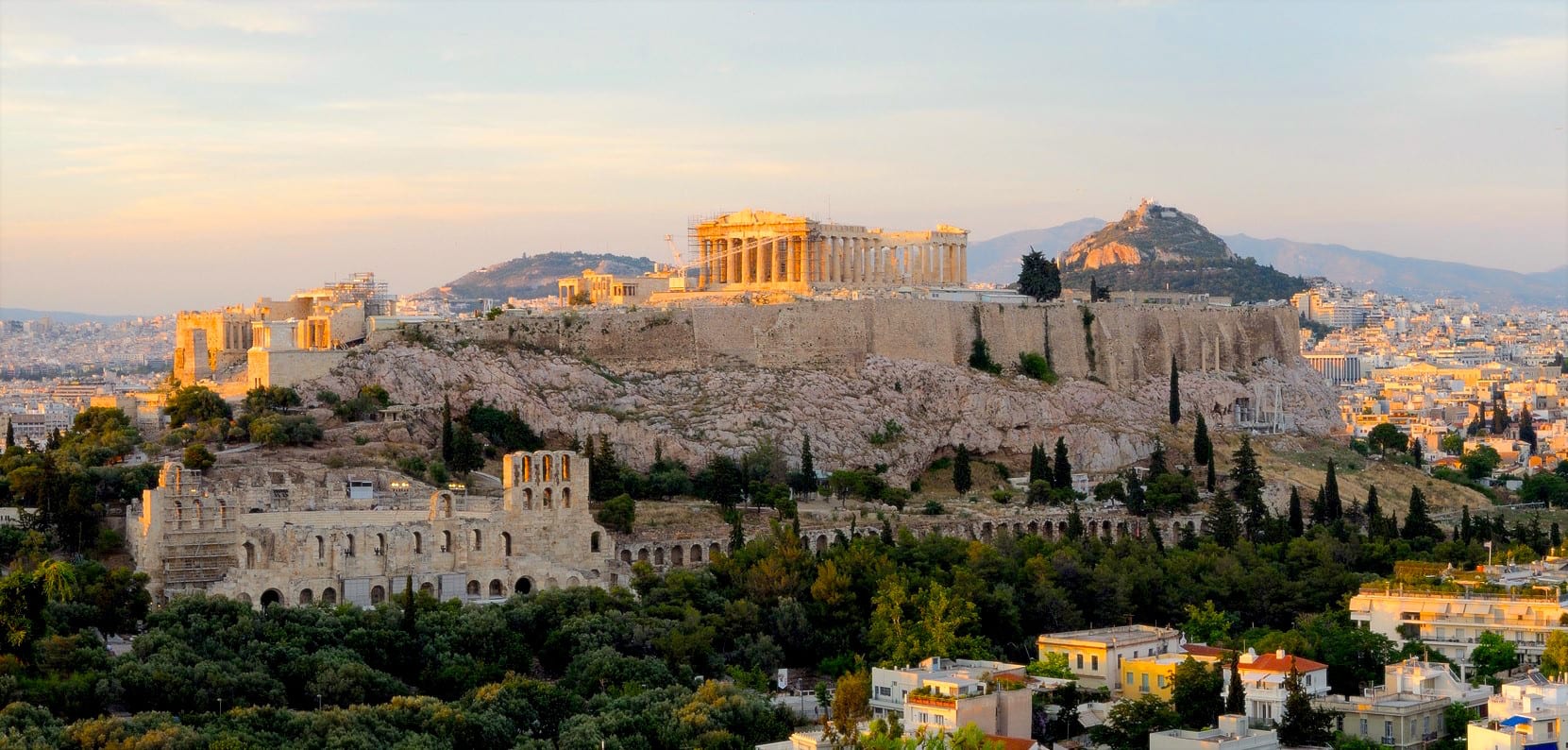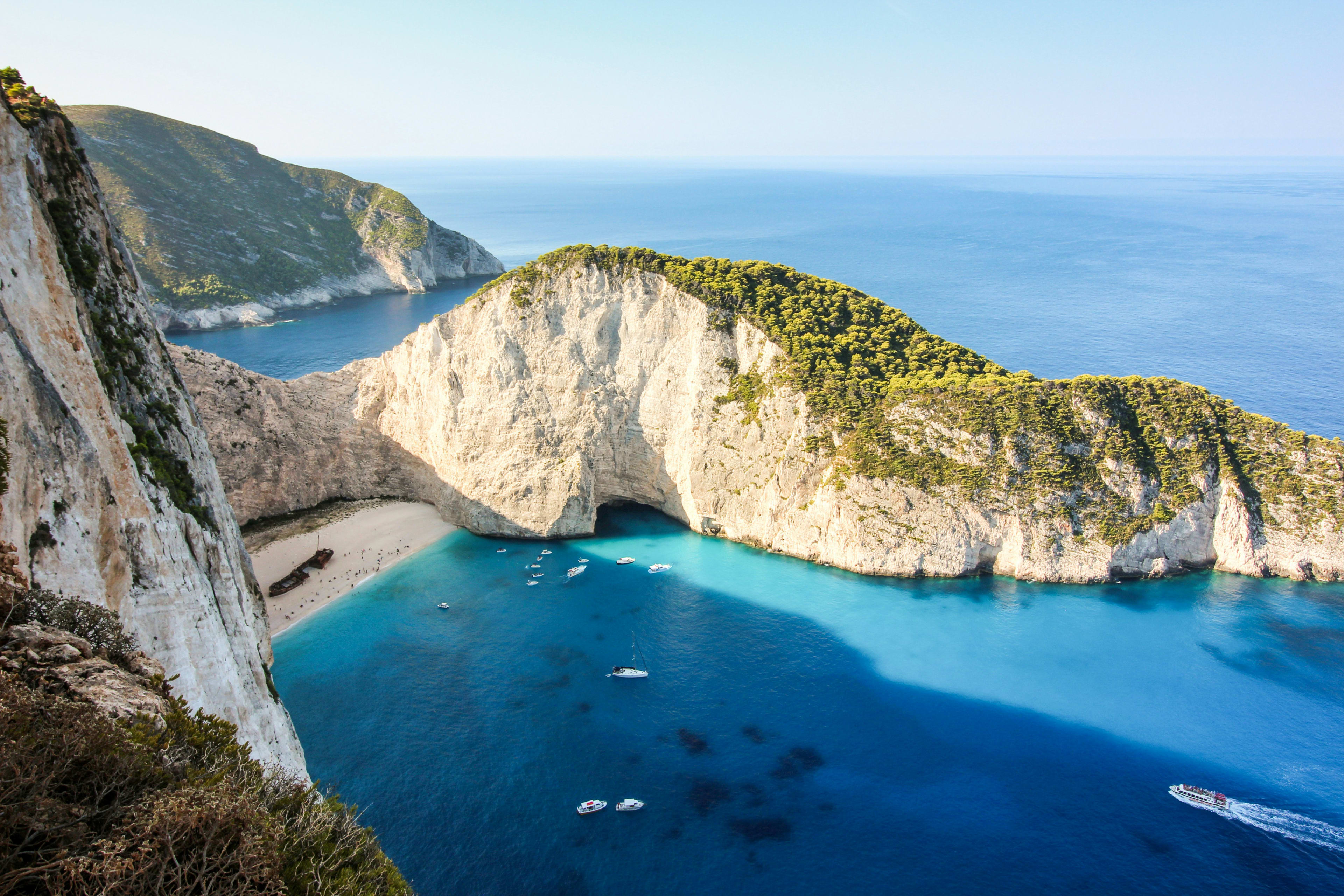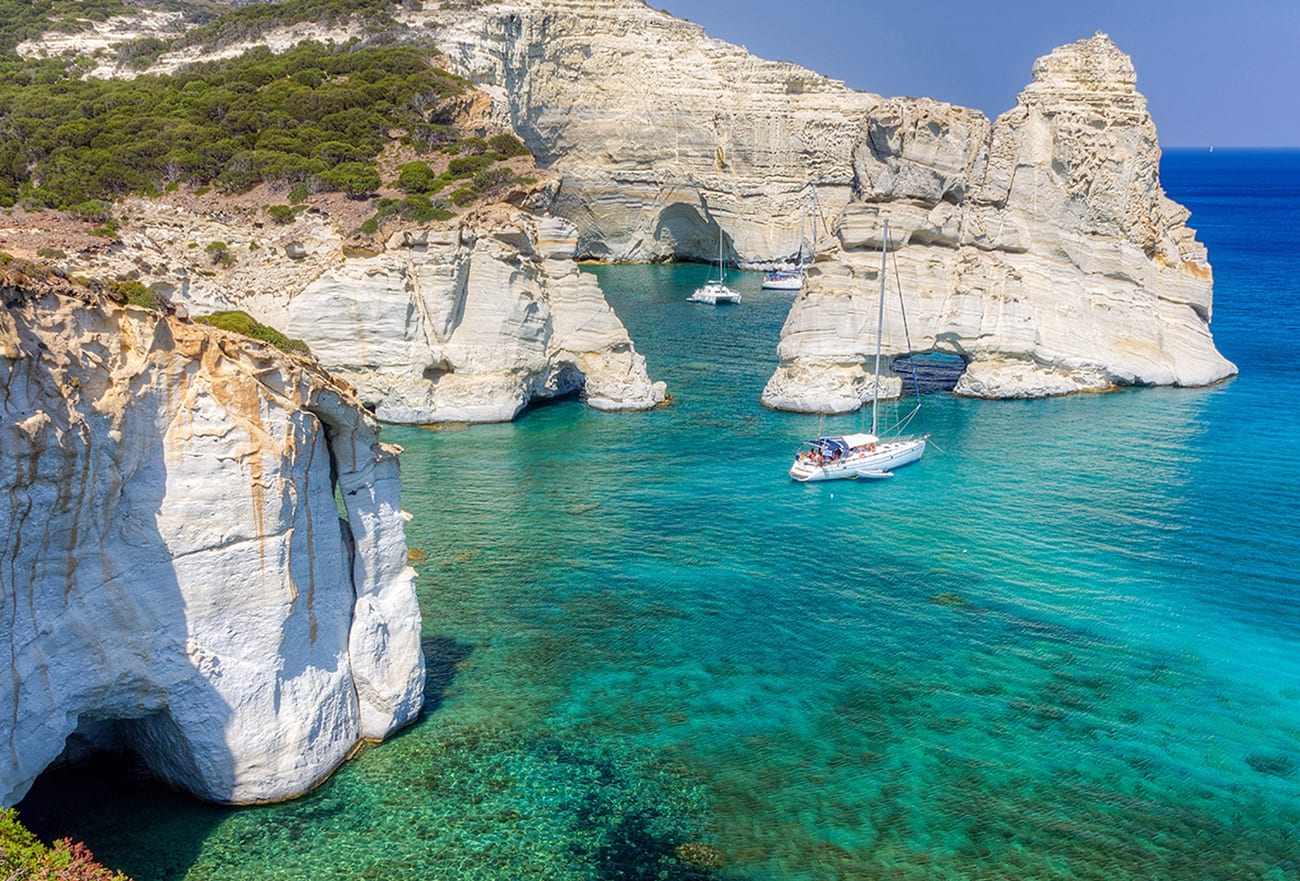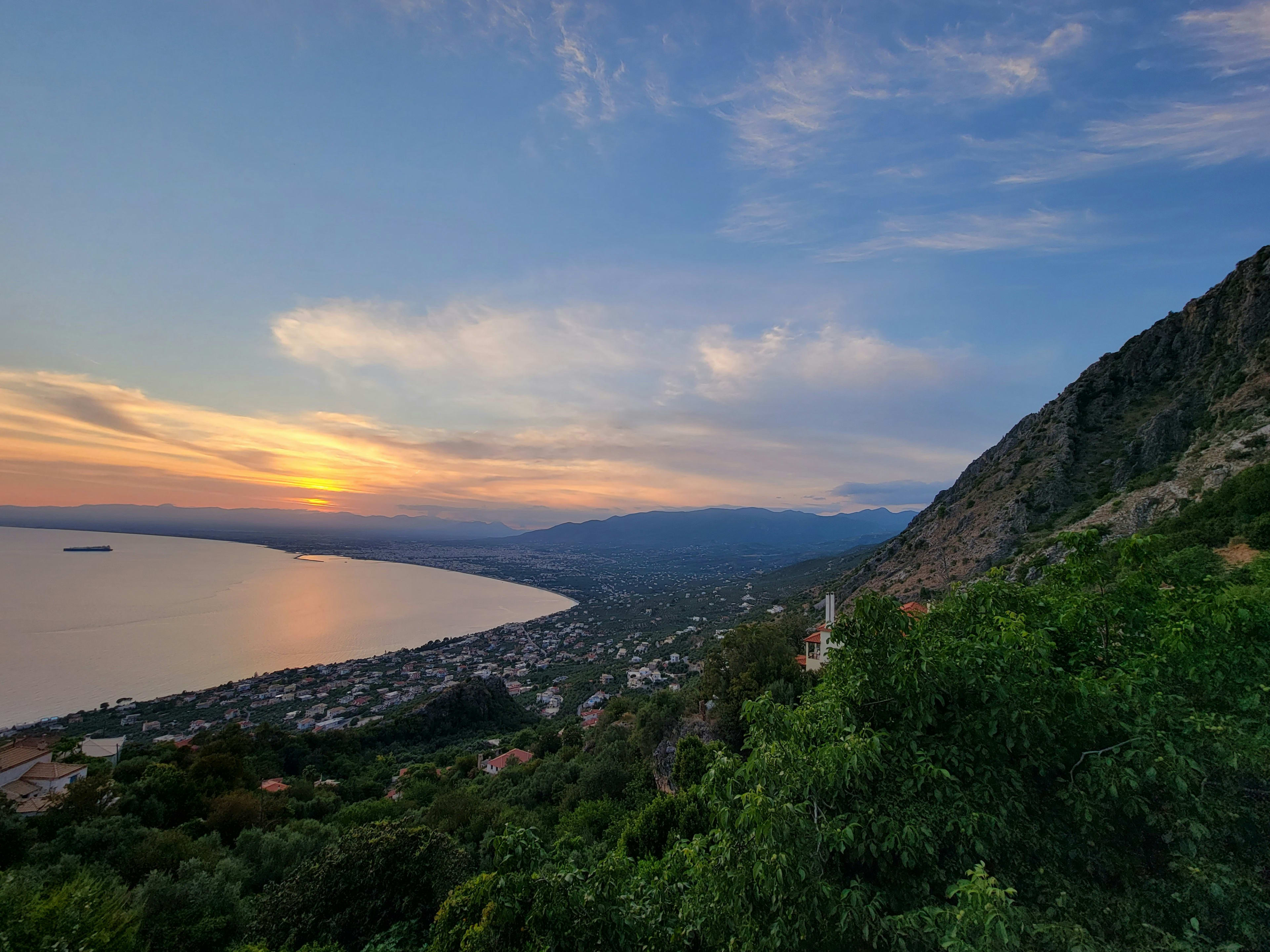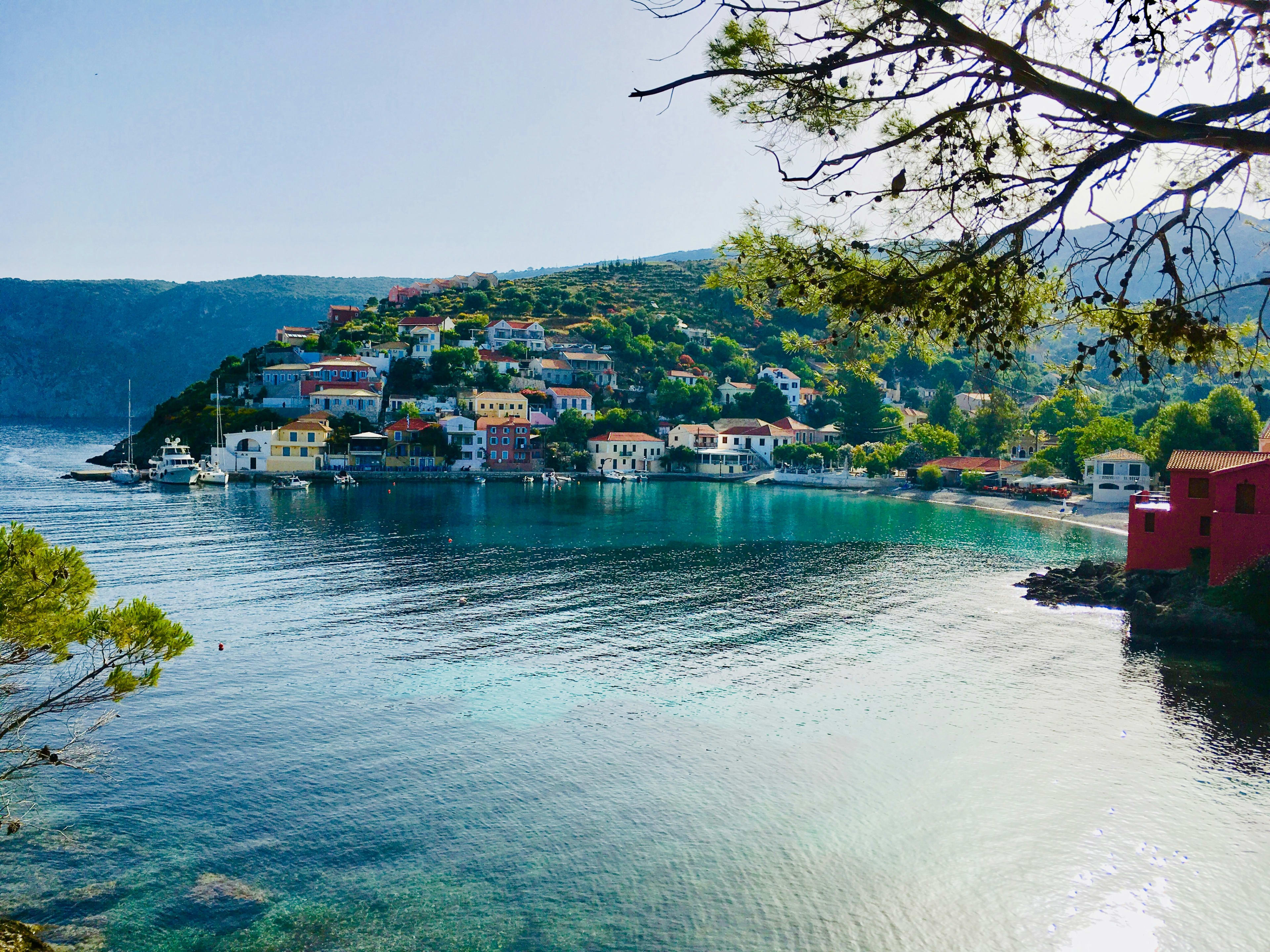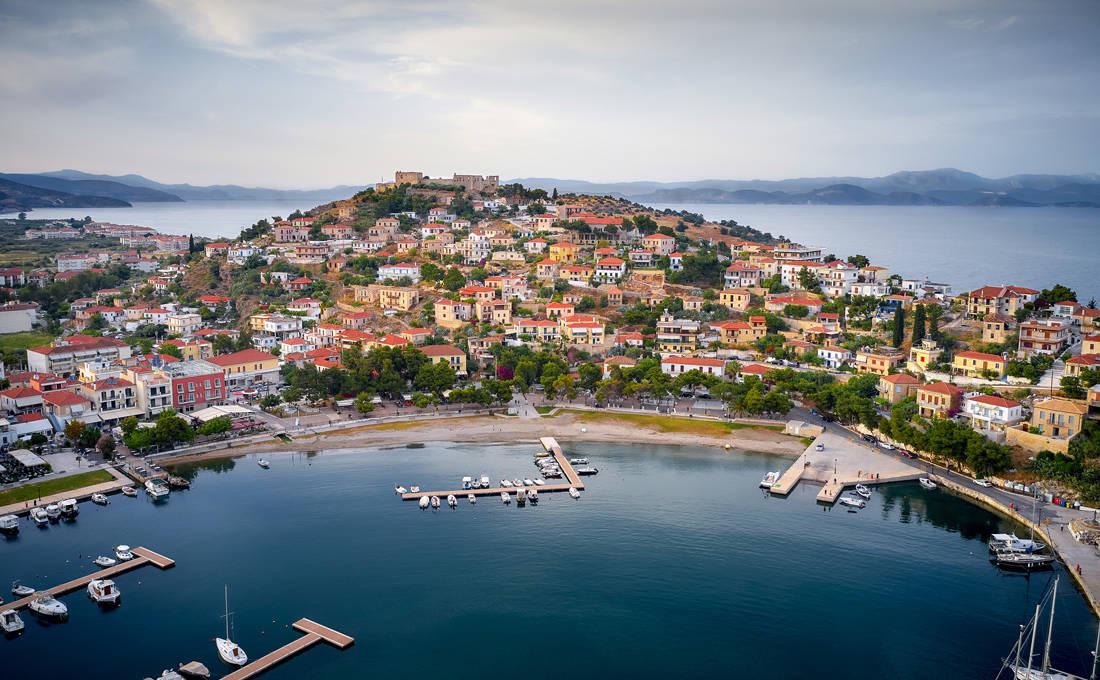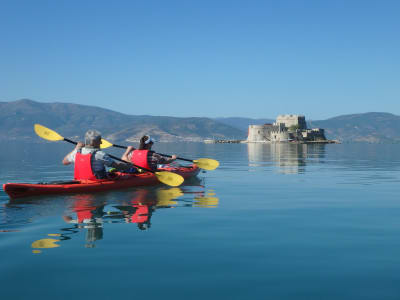
The best outdoor activities in Peloponnese
All our activities in Peloponnese

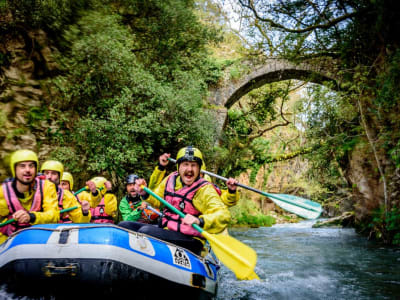
Rafting Excursion down the Lousios River in the Peloponnese
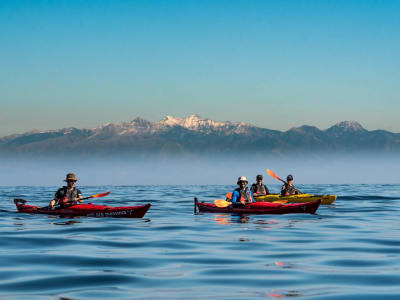
Guided Sea Kayaking Excursion along the East Coast of Kalamata

Half-Day Boat Cruise from Nafplio in the Peloponnese
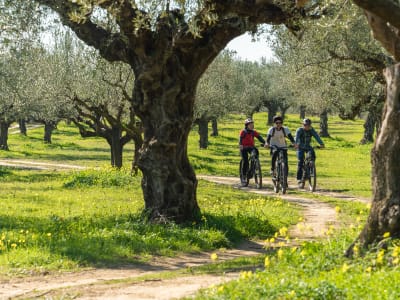
Guided E-bike Olive Grove Tour in Kalamata
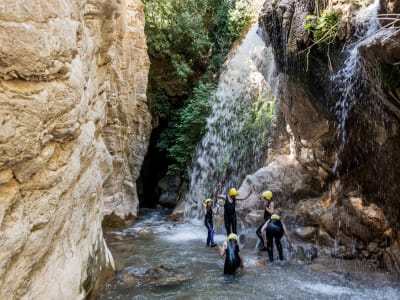
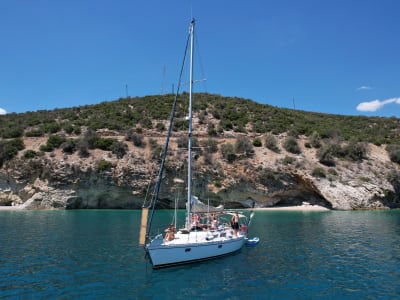
Full-Day Private Boat Cruise from Nafplio in the Peloponnese
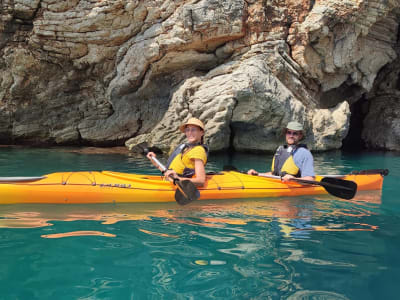
Sea Kayaking Tour to Bouboulina Cave from Paralio Astros in the Peloponnese

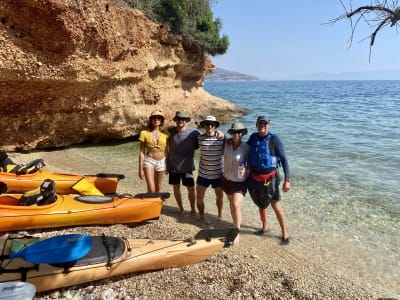
Sea Kayaking and Hiking Excursion from Kiveri near Astros in the Peloponnese
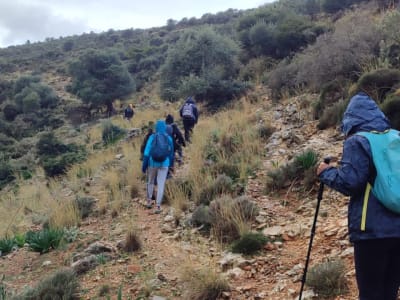
Hiking Tour to Lulugas Waterfall at Mount Parnon near Astros in the Peloponnese
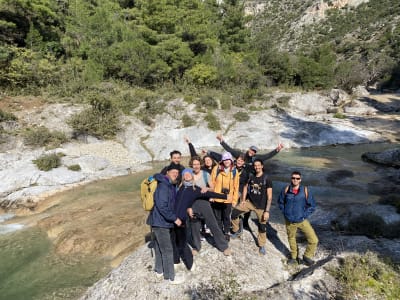
Hiking Tour to Lepida Waterfalls at Mount Parnon near Astros in the Peloponnese

Sea Kayaking Excursion from Karathona Beach in Nafplio

Rafting Excursion down the Lousios River in the Peloponnese

Guided Sea Kayaking Excursion along the East Coast of Kalamata

Half-Day Boat Cruise from Nafplio in the Peloponnese

Guided E-bike Olive Grove Tour in Kalamata

River Trekking in Neda near Kalamata

Full-Day Private Boat Cruise from Nafplio in the Peloponnese

Sea Kayaking Tour to Bouboulina Cave from Paralio Astros in the Peloponnese

Inachos Canyon located near Athens

Sea Kayaking and Hiking Excursion from Kiveri near Astros in the Peloponnese

Hiking Tour to Lulugas Waterfall at Mount Parnon near Astros in the Peloponnese

Hiking Tour to Lepida Waterfalls at Mount Parnon near Astros in the Peloponnese
The Peloponnese, Greece: A Land of Legends and Outdoor Wonder
From ancient citadels to wild coastlines, olive groves to alpine peaks, the Peloponnese is a region of contrasts and timeless allure. Shaped like a giant hand reaching into the Mediterranean, this southern peninsula of mainland Greece is a vast and varied landscape where nature, culture, and adventure intertwine. If you’re wondering what to do in the Peloponnese, expect more than history — expect unforgettable outdoor experiences.
Discover the Peloponnese
The Peloponnese is not just a destination, it’s a world unto itself. Connected to the mainland by the Corinth Canal, it has long been considered a gateway between eras — the cradle of classical civilisation and a bastion of natural beauty.
Within a few hours’ drive, you can explore ancient Mycenae, hike beneath the snow-capped Taygetus Mountains, swim in hidden coves near Gythio, or walk through Byzantine ruins at Mystras. Yet despite its cultural riches, much of the Peloponnese remains beautifully undeveloped, making it perfect for nature lovers and adventure seekers.
Outdoor Activities in the Peloponnese
Hiking and Mountain Exploration
One of the top outdoor experiences in the Peloponnese is hiking. The region is threaded with old footpaths, mule trails, and newer signposted routes that cross canyons, connect mountain villages, and climb into forested highlands.
The Menalon Trail in Arcadia is among the most celebrated, winding through alpine forests, stone villages, and the dramatic Lousios Gorge. For more rugged terrain, the Taygetus range near Sparta offers steep, panoramic climbs, especially around Mount Profitis Ilias, its highest peak.
In the northeast, Mount Ziria (also known as Kyllini) is steeped in mythology and covered in fir trees — ideal for summer trekking or even winter snowshoeing.
Sea Kayaking and Coastal Exploration
With thousands of kilometres of coastline, sea kayaking is one of the most rewarding things to do in the Peloponnese. Paddle along the Mani Peninsula, where rugged cliffs meet turquoise water and caves open into the rock, or explore the Argolic Gulf, dotted with small bays and medieval fortresses.
The area around Nafplio and Tolo is particularly beginner-friendly, while the more remote stretches of Messinia and Laconia offer untouched beauty and serene beach landings.
Rafting, Canyoning, and Rivers
Inland, rivers like the Lousios, Alfios, and Evrotas offer rafting and canyoning adventures, particularly in spring when snowmelt swells the flow. These river valleys carve deep into the landscape, and exploring them reveals waterfalls, vertical cliffs, and dense vegetation.
Canyoning in the Neda Gorge is a hidden gem — a blend of scrambling, swimming, and abseiling through a pristine, myth-laden canyon on the border of Arcadia and Messinia.
Climbing and Caving
Climbing enthusiasts will find a global hotspot in Leonidio, on the eastern coast of the Peloponnese. With thousands of bolted routes on vibrant red limestone cliffs, it’s one of Europe’s premier sport climbing destinations. The nearby town is peaceful and welcoming, with the sea just minutes from the crag.
For those intrigued by the underground, the Diros Caves in Mani are an awe-inspiring experience. You can glide through their flooded passages by boat, marvelling at the towering stalactites in one of the most impressive cave systems in Greece.
Beaches and Snorkelling
Of course, no visit to the Peloponnese is complete without embracing its coastal charm. From Voidokilia Beach’s perfect crescent in Messinia to the windswept shores of Elafonisos Island, there are beaches for every mood — calm coves for snorkelling, long sandy stretches for windsurfing, and wild pebble beaches reached only by foot or kayak.
In the south, the Mani Peninsula offers dramatic settings where mountains plunge into the sea, creating a stark, haunting beauty. The eastern coast near Tyros and Paralio Astros is quieter and more family-friendly, with excellent water clarity for snorkelling and swimming.
Local Tips
- Hire a car: The Peloponnese is large and public transport is limited. A car gives you the freedom to explore remote beaches, mountain villages, and trailheads.
- Bring hiking shoes and a swimsuit: You’ll likely use both on the same day.
- Mind the seasons: Inland areas can get very hot in summer and cold in winter. Spring and autumn are ideal for mixed outdoor activities.
- Respect local rhythms: Many villages slow down in the afternoon heat. Embrace the pace and enjoy long lunches under the shade of a plane tree.
Best Time to Visit the Peloponnese
The best time to visit the Peloponnese depends on what you want to do:
- Spring (March to May): Excellent for hiking, rafting, wildflowers, and fresh air. Rivers are full, temperatures are comfortable, and the countryside is lush.
- Summer (June to August): Perfect for beaches and coastal adventures, but inland areas can be very hot. The coast stays cooler and offers more breeze.
- Autumn (September to November): Warm sea temperatures, golden light, and harvest festivals. Ideal for multi-sport trips.
- Winter (December to February): Quiet and atmospheric, with snow on the mountains and occasional rain on the coast. Great for skiing in Kalavryta or winter walks in Arcadia.
How to Get There
The Peloponnese is easily accessible by road:
- From Athens, drive across the Corinth Canal. Key hubs like Nafplio, Tripoli, and Kalamata are within 2 to 4 hours.
- Kalamata Airport has seasonal international flights and is a good base for exploring the southern Peloponnese.
- Long-distance buses (KTEL) serve major towns, but for outdoor adventures and hidden gems, a rental car is strongly recommended.
A Wild, Timeless Land Waiting to Be Explored
Whether you come for the trails, the sea, the ancient stones, or the untouched nature, the Peloponnese rewards those who wander.
Customer feedback on Peloponnese
You're in good hands with Manawa.
We are dedicated to make your outdoor activities extraordinary. Benefit from expert advice, friendly service, and live unforgettable moments with Manawa.
